Round Table: Myth
Moderated by TRISH CLARKE, OALA
BIOS/
Elen Deming, FASLA, has taught design studios, design research for professional and post-professional students, and design history and theory topics for the past 25 years. At North Carolina State University (NCSU), she directs the Doctor of Design program—a transdisciplinary distance-education platform that facilitates new partnerships among designers working in academic, professional, and hybrid practices. Former editor of Landscape Journal (2002-2009), Deming co-authored Landscape Architecture Research (with Simon Swaffield, 2011), and edited Values in Landscape Architecture and Environmental Design (LSU Press 2015) and Landscape Observatory: The Work of Terence Harkness (ORO/AR+D 2017). Currently, she is working on a book about Confederate monuments and how designers are confronting symbolic hate speech by using inclusive design.
Ronald F. Williamson is founder of Archaeological Services Inc., a cultural resource management firm based in Toronto. He holds an Honours BA from the University of Western Ontario and MA and PhD from McGill University, all in Anthropology. He is an Associate Member of the Graduate Faculty at the University of Toronto (Anthropology) and at Western University (Anthropology) in London and Chair, Board of Directors at the Museum of Ontario Archaeology at Western University, London. He is also Vice-Chair of the Shared Path Consultation Initiative, a charitable organization dedicated to promoting reconciliation in land-use planning. Ron has published extensively on both Indigenous and early colonial Great Lakes history. In 2016, he was conferred the Smith-Wintemberg award, the Canadian Archaeological Association’s most prestigious award for outstanding contributions to Canadian Archaeology, and in 2019, he was given Heritage Toronto’s Lifetime Achievement Award.
Martin Holland, OPh.D., is currently an assistant professor in the School of Environmental Design and Rural Development (SEDRD) at the University of Guelph, where he teaches core courses in landscape design, theory, and history. He has also taught studio courses at Clemson University, the University of Illinois at Urbana – Champaign, the Illinois Institute of Technology (I.I.T.), and Monmouth College (also in Illinois). His doctorate is from the University of Illinois at Urbana – Champaign, and his M.L.A. is from the University of Virginia. He completed his bachelor’s degree at Dalhousie University in Halifax, Nova Scotia, where he majored in philosophy.
Trish Clarke, OALA, is a landscape architect at Brook McIlroy and a member of the Ground Editorial Board.
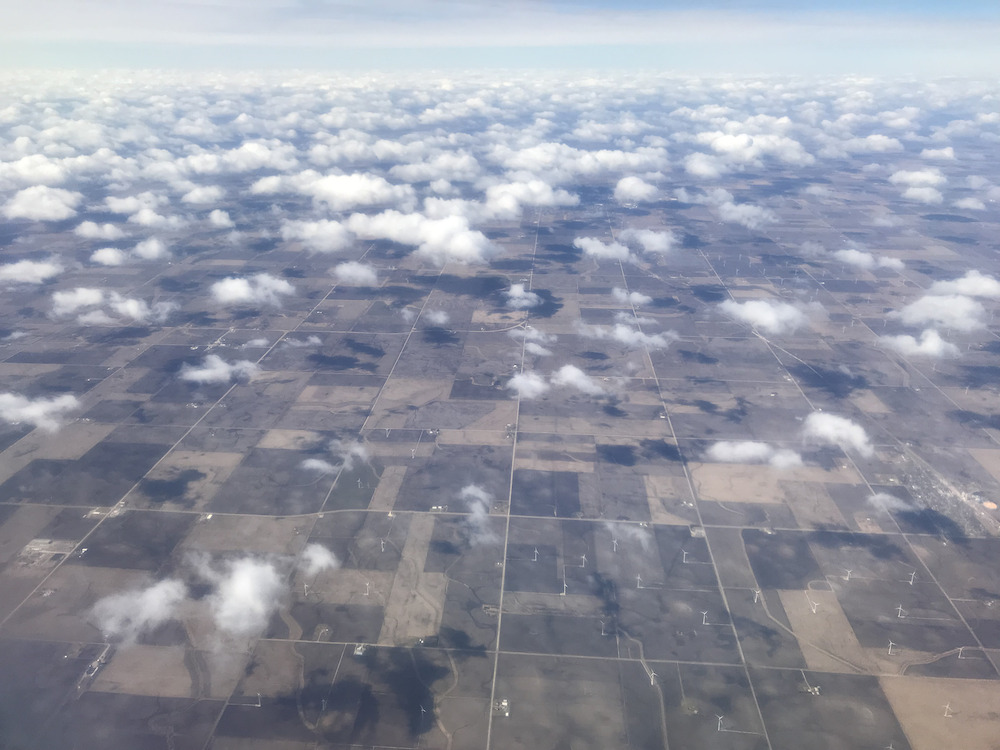
Trish Clarke: As landscape architects, and someone in the field of history and culture, we’re uniquely positioned to shape public space and leave an impact on surrounding communities. Sometimes these design narratives are successful, but sometimes they fail or misrepresent people. From your perspective, how do you feel cultural myths and stories from our landscape could help shape or hurt the communities they’re meant to serve?
Martin Holland: One of the first questions you ask someone is “where are you from?” As if we can decode this meaning. If you say you’re from Halifax that supposedly has embedded meaning. It might be different than if you’re from Moncton or Calgary. As people, we shortcut and rely on stereotypes to build a mental framework. One of the difficulties is that we do this so easily it’s completely unconscious.
So, we have to start to reframe some of the basic ways we address the right to the public sphere, and what we mean by “the public.” We’re finally thinking about more diversity and understanding there are different ways of interpreting place and understanding our spatial environments. As a white male walking through downtown areas, I recognize I have a different experience than I would if I was a woman, or Indigenous. The first thing is understanding there’s no monoculture.
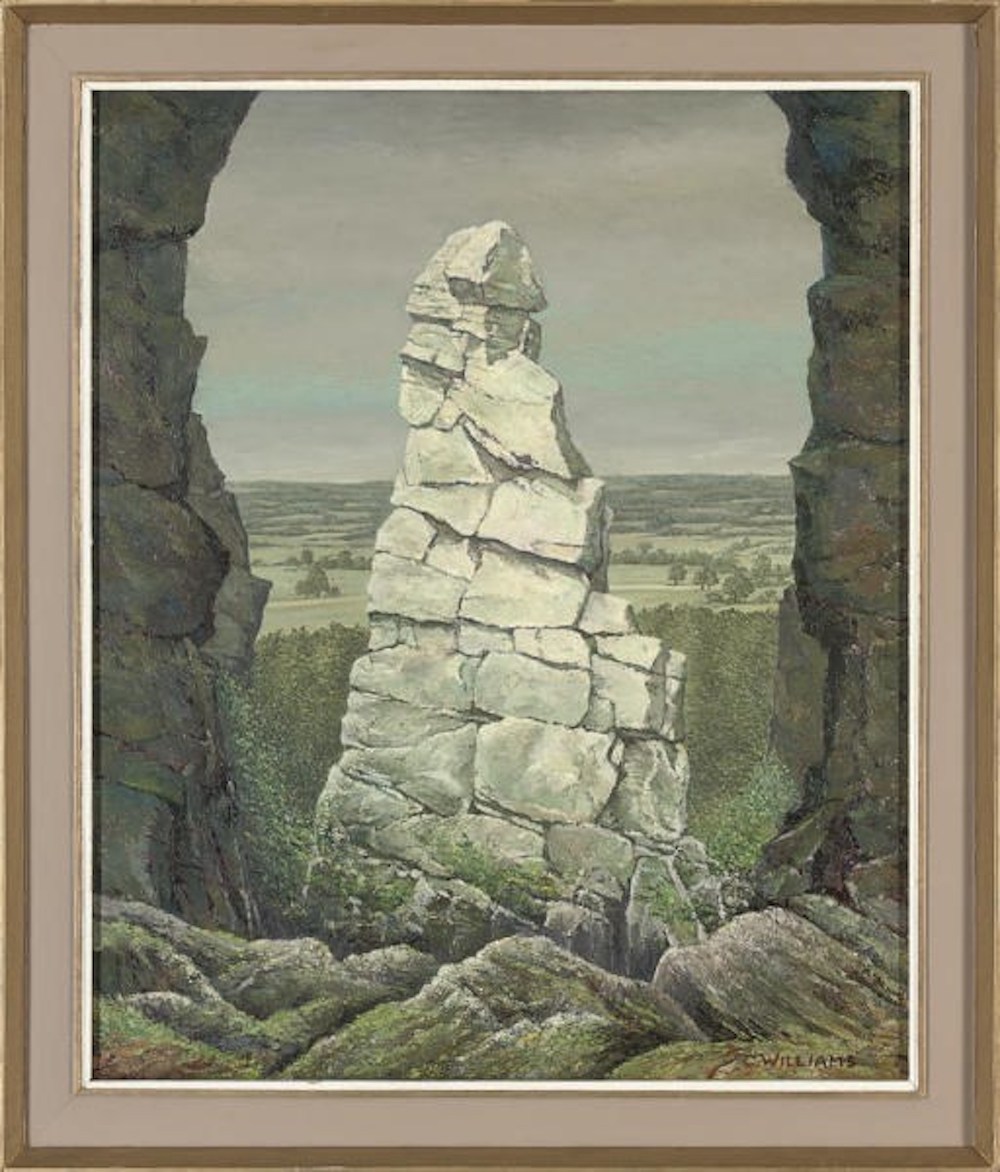
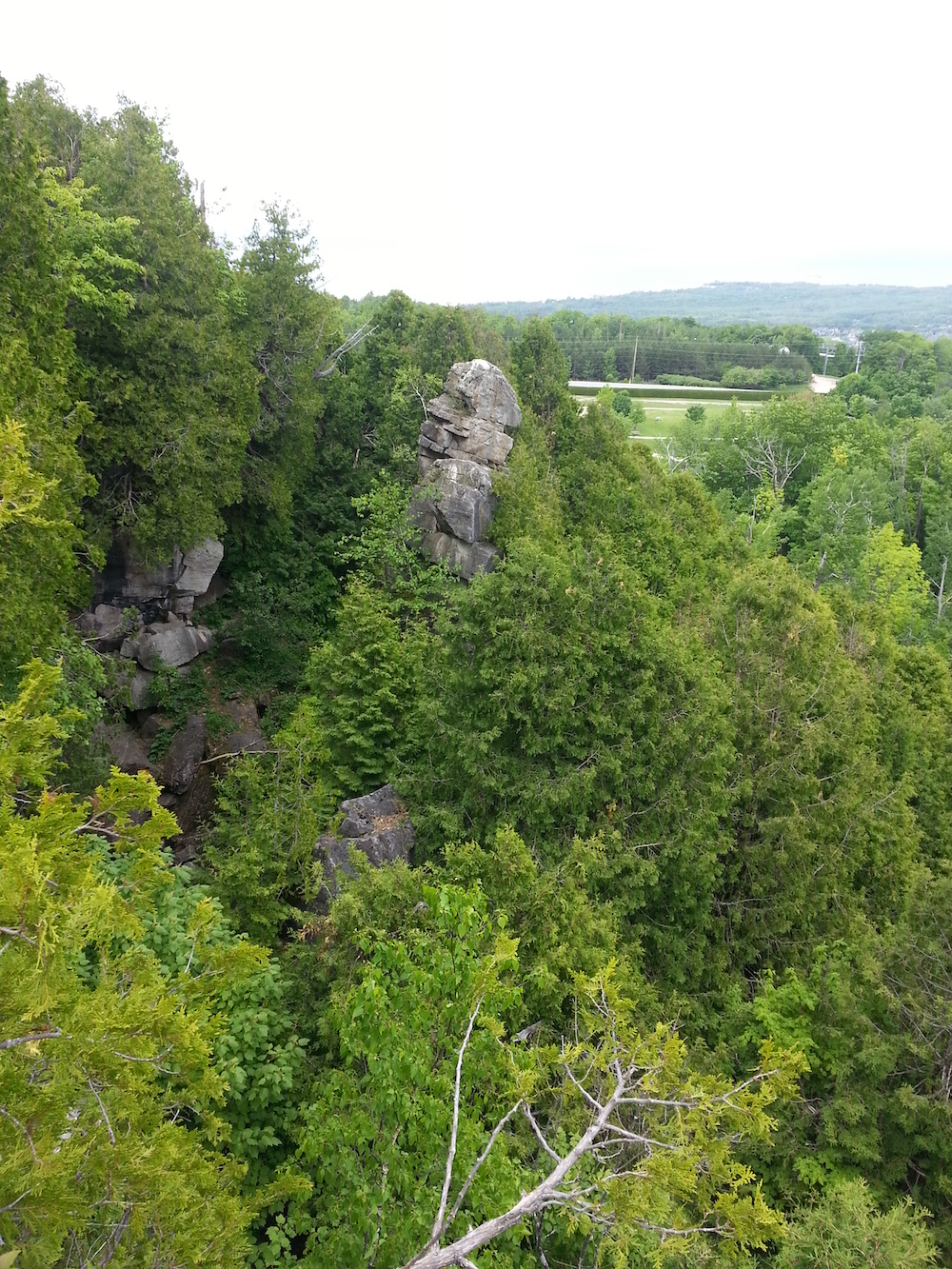
Elen Deming: I, too, was thinking about the myth of origin. This is a very difficult question. Geographic origin, I feel, explains nothing about character. And yet, in the 19th and even the early 20th century, when the empirical world was busy trying to sort people into categories like race and ethnicity and other divisions amongst us, they would point to origins as a place where national character was formed, against the backdrop of the Alps, or the genial breezes of the shore, or the wind-swept desert.
When, in fact, it isn’t the geography quite so much as our adaptations to it, and to the way in which our cultural behaviors and values get reinforced. Our access to education seems to be a big influence. But another side of me says, “Yes, but language itself, which is so regional, actually does shape and limit what is possible for us to think and express.” So I’ve come around full circle. I don’t want to believe it, but there’s part of me that argues against my own reasoning.
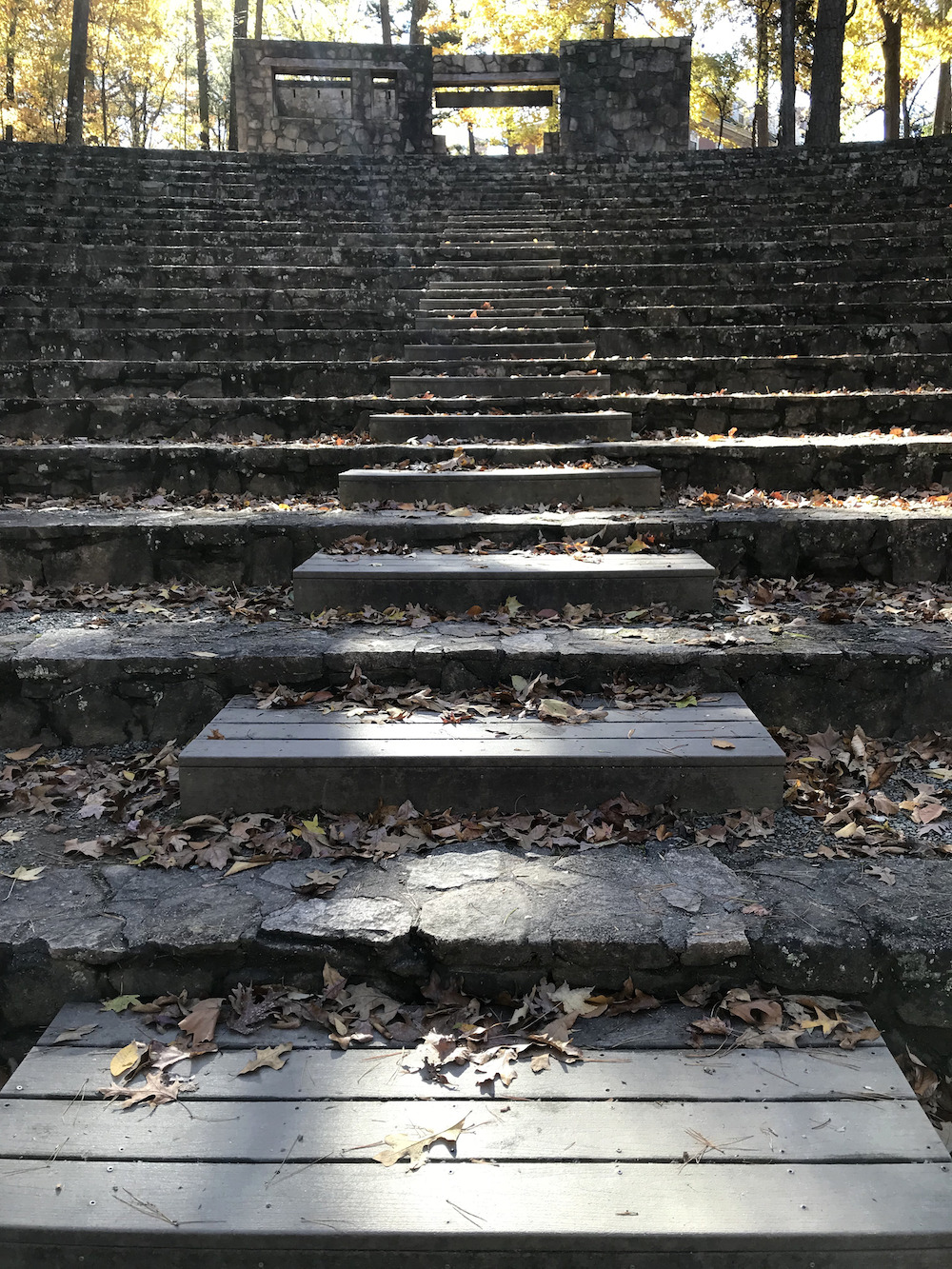
Ron Williamson: Origins is a concept central to my work. I’ve been working with the Huron-Wendat, and involved in a research project looking at autosomal DNA and material culture research, trying to navigate the very sensitive world of the origin of First Nations communities. The Huron-Wendat—who are now located north of Quebec City—very much believe that, when they returned from Ontario in 1650, they returned to a homeland. And they have origin myths recorded by anthropologists in the 19th and even 18th centuries that talk about their former location, sometimes beside the sea, but most often about emerging from a cave north of Quebec City.
The standard, non-Indigenous story of the origin of the Wendat is they developed out of pre-contact populations along the north shore of Lake Ontario, locally through interactions with other Indigenous groups, and eventually congregated in the area of Simcoe County, which became known as Huronia. That became their homeland. Many people left there, in a number of directions, but a substantial portion ended up moving with Jesuits back to the Quebec City area. Now, all of this is very tied into their everyday concerns with their political identity in Quebec, and they have an entire division of council that deals with their record in Ontario, and they’re trying to put those two things together. With them, I’m involved in genetic research which asks what we, as archeologists, can contribute to the conversation about their origin? How many communities encountered by Jacques Cartier in the 1530s could we call “Huron,” who could therefore contribute to the political discussion about their homeland, locally in Quebec. It’s a very complex record. We’re looking at genetics, material culture, and origin myths, all together, to try to sort this out.
And so I’d turn the question around: how does the people’s association with their landscape shape their myths and identities? In my work, I would frame it that way.
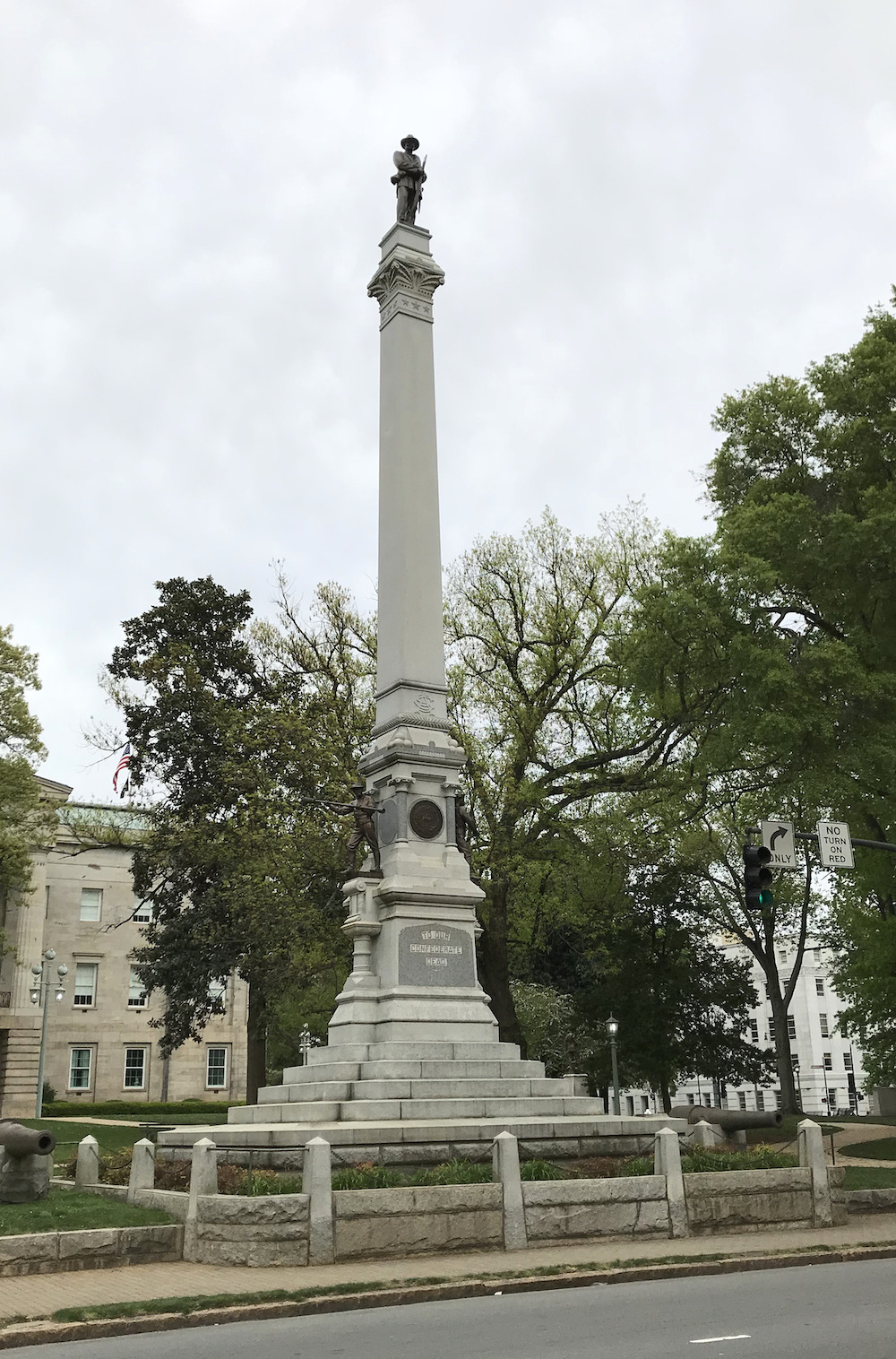
MH: To the question of how do our cultural narratives help or hinder the communities that we’re working for: understanding Canada as a mosaic, rather than a melting pot is really fundamental. There’s no real unifier, other than a respect for those differences. That diversity needs to be celebrated. But the danger is we don’t often spend the time to understand those narratives or myths, and there’s like this cultural wall.
When I was in high school, we might have spent a week on Indigenous history, if we were lucky. That’s changing, thankfully, but those are the stories that— when you think about First Nations and Indigenous people, the wrongs that have happened over centuries—we really do need to work on, not only as a province, but as a nation, to understand those injustices.
RW: I used to sit on Heritage Toronto board with an Iroquoian man named Bill Woodworth. And the annual Doors Open festival was a big deal for Heritage Toronto. Bill and I were assigned, a couple of years in a row, to go to the 21st floor of the TD Centre tower to show people around. We would talk about the view of the moraine, and how you could see the rivers flowing down into the Lake Ontario basin.
And Bill would talk to the visitors to that floor—often Asians living in Toronto who were out to discover the city—about the link between people and the land. It might have been the first time these visitors got to see a real perspective of the land they’re living on. He would help these people living in the city see how they were linked to the land and through his Indigenous storytelling about these buildings in the downtown context, linking it to the natural landscape.
And I saw, repeatedly, there would be tears flowing down people’s faces as he described it: the first real opportunity to link to the land of that diverse population in the city. I was really moved by it because what I thought of as a mundane experience (come on up, see the buildings in the area, look at this) turned into a really profound opportunity to connect people to the land. How many of us wander around the city without any sense of the landscape we’re actually on?
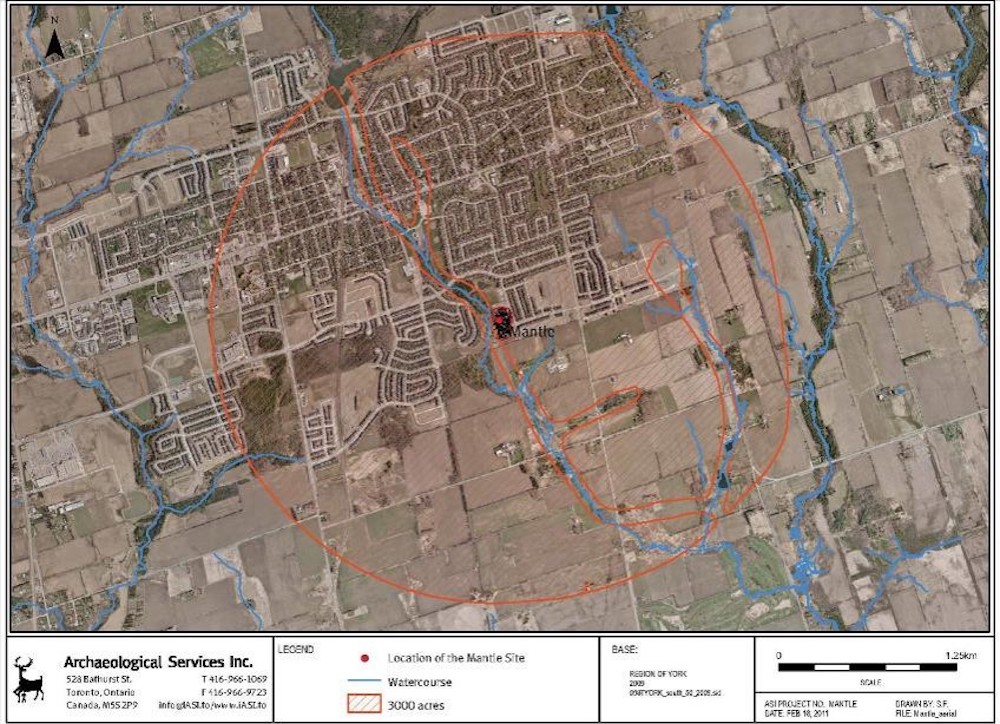
TC: That makes me wonder about the stories have we’ve been telling versus the stories we want, or should be telling. Is it our role as designers to tell them, or do we bring others into that process?
ED: We occupy land by building on it and manipulating its functions. We occupy it in defense. We hold and protect it. But for me, the most important way of occupying a place or a landscape is through work. I was thinking about the industry of preservation, for example. And for me, the most interesting sites are not battlefields or the homes of famous men, but working landscapes—true, regional landscapes.
There are myths about gardening, farming, working the land. It gives you a secret right to hold it, almost in perpetuity. But when you look at the landscapes of the great bread-basket of North America, they’re constantly changing. They’re worked by machines, by robots. Square miles of drainage and chemical fertilizers are flooding into other regions and destroying their economies, which are equally land-based. And there’s nothing particularly virtuous about it.
But there are all these complex layers and networks of economic and political value that are cloaked in myth and narratives about virtue.
MH: One of the things that we, as a profession, have to really come to terms with the role we play in gentrification and the alteration of the land. We have to reflect on those values. It’s a conversation I have with my graduate students in their history and theory course: you have to find your own equilibrium and value set, because you’re going to be working for companies whose primary interests are development. So, is your adage to do no harm? Are you going to be the Albert Schweitzer of landscape architecture? And, if so, can you still have a profession and get professional work? Students struggle with that. And rightfully so, it’s something I struggle with too.
RW: Elen’s point about virtue is one that you run into all the time, talking about a family that’s owned a landscape or a farm for generations. I was involved in a land claims case recently where there were, fortunately, a number of archeological sites used from roughly 2,500 years ago to the 19th century. And the ceremonies that were being undertaken on those sites were similar to burials, of humans and animals, in very distinctive forms that show a continuity of use of that place for an astounding period of time. People’s origin stories are linked to landscapes like I’m describing. It’s expressed in the material culture in most places. It’s a fascinating story of thousands of years of continuity, and when one encounters somebody talking about two generations of colonial use of a land, you chuckle a bit: as if that’s anything compared to what was there before they came.
There are layers of history on the landscape. Thousands of years of Indigenous use, followed by the colonial period of early agriculture for several generations. When you do aboveground heritage studies, the latter becomes the focus, and the previous thousands of years get left behind in the process. We’re actively trying to find ways to bring all that together. Because it’s really important: how do you tell stories about all of those layers, not just one of them?
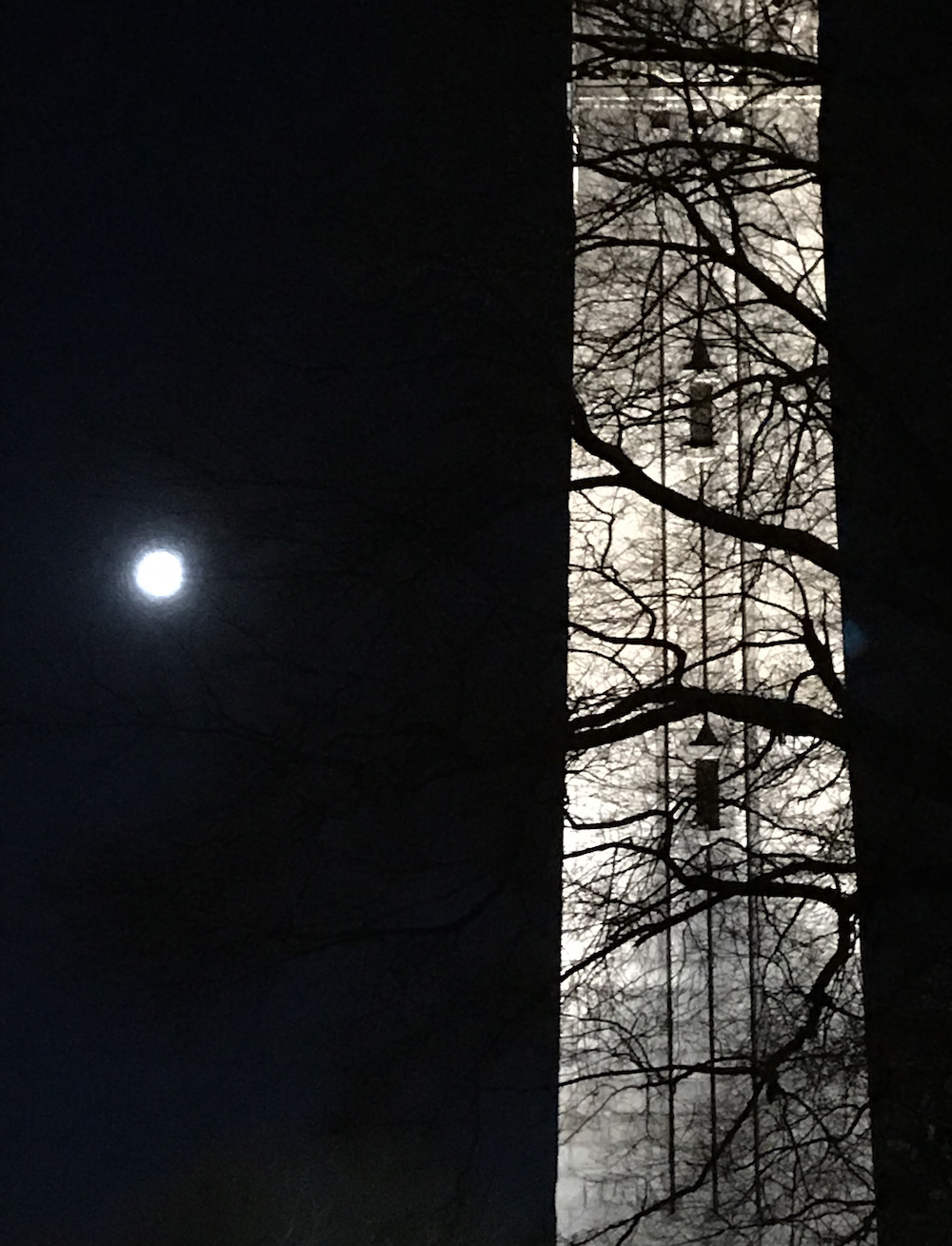
MH: Right. And there’s bias about how preservation works: ‘you had someone of historical importance spend the night at this location, therefore it needs to be preserved.’ Versus the working class, or people that wouldn’t normally register as anyone of great importance, but yet have fundamentally changed an ecosystem or a landscape. Who gets to qualify for that? It’s a fantastic question.
TC: In terms of design and placemaking, if there isn’t a story, do people still connect with a space? How can we share stories so people have an understanding of the narrative involved in a design?
RW: I think the word control is central to all this. If you can see something’s being controlled by some force, that’s okay. It’s when it’s not.
ED: And it’s humanized somehow.
MH: It’s removing the spread of wilderness.
ED: But the thing that I find fascinating about that control, is the level of care that a certain class of people in certain neighborhoods or towns put into manicuring their lawn—to remove the crab grass, make sure everything is whacked, mowed, trimmed, pruned, and soldierly at its edges—which is very much about announcing a level of citizenship for the neighborhood, to declare social contract, a bond of common cause. But this is a trillion-dollar industry, and it’s not good for the critters, bees and the pollinators, the drains and landfills, we do it, nevertheless.
MH: Sometimes I wonder, as designers and landscape architects, how we communicate our work and the value of it. How can you be an advocate for those systems in a way that allows people to understand the frames? And sometimes those frames, if they’re explicit, are something people can interpret. But if you’re thinking about micro-scales of people’s individual property, you really need to start to think: if we started to do this as a neighbourhood, or as a community commitment, what will the byproducts of that be? So, it’s about scale and understanding how those small little interventions can start to have a much larger impact.
And I think it’s made invisible because of other subsidies that we pay for. There’s a cost involved, but we just don’t associate with those particular costs—transportation and sewer systems are incredibly expensive. And yet, if we actually thought about redesigning landscapes, and about the small-scale implementation of those landscape systems, how do you have a much larger impact within your neighbourhood, and then within your city? That’s one more burden that landscape architecture has to take on: trying to explain this. I just wish there were more clients who were savvy and aware enough to turn off the home gardening shows, and start to think about other influences that can help to recognize that value.
Because, I had this complaint to my master’s students: I understand the value and how fascinating the glimpse is to look at those “better home and garden” shows, but I also just really wish they didn’t exist, because they’re a reinforcement of the worst aspects of capitalism, of flipping houses, etc.
TC: How do you feel, going forward? What is your role as a landscape architect or an archeologist, and what do you see as the next step?
MH: It’s a wild time. What I see because of COVID—which I describe as an accelerant, where systems that were failing or didn’t quite work are now failing faster, where it’s revealed so much about inequities and who has power and privilege—and with the overlay of Black Lives Matter happening culturally—seeing the Confederate statuary come down, and having conversations about the role of Sir John A. Macdonald and those statuary in regards to the treatment of Indigenous Canadians—in many ways it’s a renewed attention to what was previously invisible to some people, as part of the built environment.
So, if there is a prolonged conversation about difference, and who has the right for the public square, whose stories do we elevate and why, and how do we understand those stories that never get told because they’re transmitted verbally (personal stories), if we pay more attention, it’s through that struggle I think we actually get to grow as profession. I’m incredibly optimistic, in spite all of the challenges the profession is about to face in terms of global climate change and social inequities, and I really do see us playing a role in helping to navigate some of these difficulties, and expose some of those realities that in the past have gone unnoticed or unremarked upon.
I think the nature of practice will change as well, where landscape architects are involved in community hearings and have a voice at the table to raise these issues. In many ways, all of those challenges are also opportunities. We feel this calling into the profession because of those inequities and those changes. I’m seeing it with the students: they’re much more savvy and sophisticated than I was when I was a student. And that’s remarkable.
ED: Because I don’t practice as a landscape architect anymore, I’m always working vicariously through my students, through my publications, and, to a certain degree, my conversations with others. I have two different structures. Through my teaching, I’m trying very hard to teach landscape literacy, so that students understand how to look through what they see on the surface. I’m trying to help the students understand the social, economic, and political structures below the surface of the landscape.
But the other thing that I’ve learned fairly recently, which I feel is a gift to me, is the idea of “framing.” The core activity that designers can do for their clients, for the world, and society at large (the client beyond the client) is to reframe the problem. If we think about how to reframe narratives or offer competing, layered, or adjacent narratives, it helps people understand that a story, while powerful, is just a story, and that they still have agency of their own. Both of those approaches are meant to empower my students and my readers.
RD: From the archeological perspective, to speak about Indigenous archeology for the moment, I think what’s coming is, Indigenous archeology done by Indigenous communities and companies. We’ve been heading that way for the past 30 years, in terms of a growing awareness of the colonial and destructive nature of archeology. We’ve entered a relationship with the Huron-Wendat to do exactly that, to have them do their own archeology in Southern Ontario on the thousands of sites that are here.
That’s very empowering, in terms of the ultimate goal of archeology. And our role will change to one of support, rather than directing. And it’s very interesting how that development is occurring at the same time as people are really embracing this thing that we’re calling storytelling. I’m sitting in one panel at our fall session of the Ontario Archeological Society on storytelling in archeology. And there was a book published, the drive for which was by the journalist John Lorinc, about “The Ward” in downtown Toronto—an early immigrant neighbourhood. He and a bunch of collaborators wrote a history of The Ward, and then, because the idea was derived from an archeological investigation of the city block, he wanted to publish another book, and the archeologists who did the work did a series of three-page stories on artifacts or events reflected in the archeology of this city block. So I ended up writing about a projectile point that was 3,000 years old, but found in a privy—the challenge was to write about how it ended up in there. This book was well received, and it’s a way of relating what we do, on a daily basis, to the public in interesting ways. But it also gets us away from those larger, complex, higher-end stories, to ones about lived lives on the ground.
Thanks to Trish Clarke for coordinating this round table.
